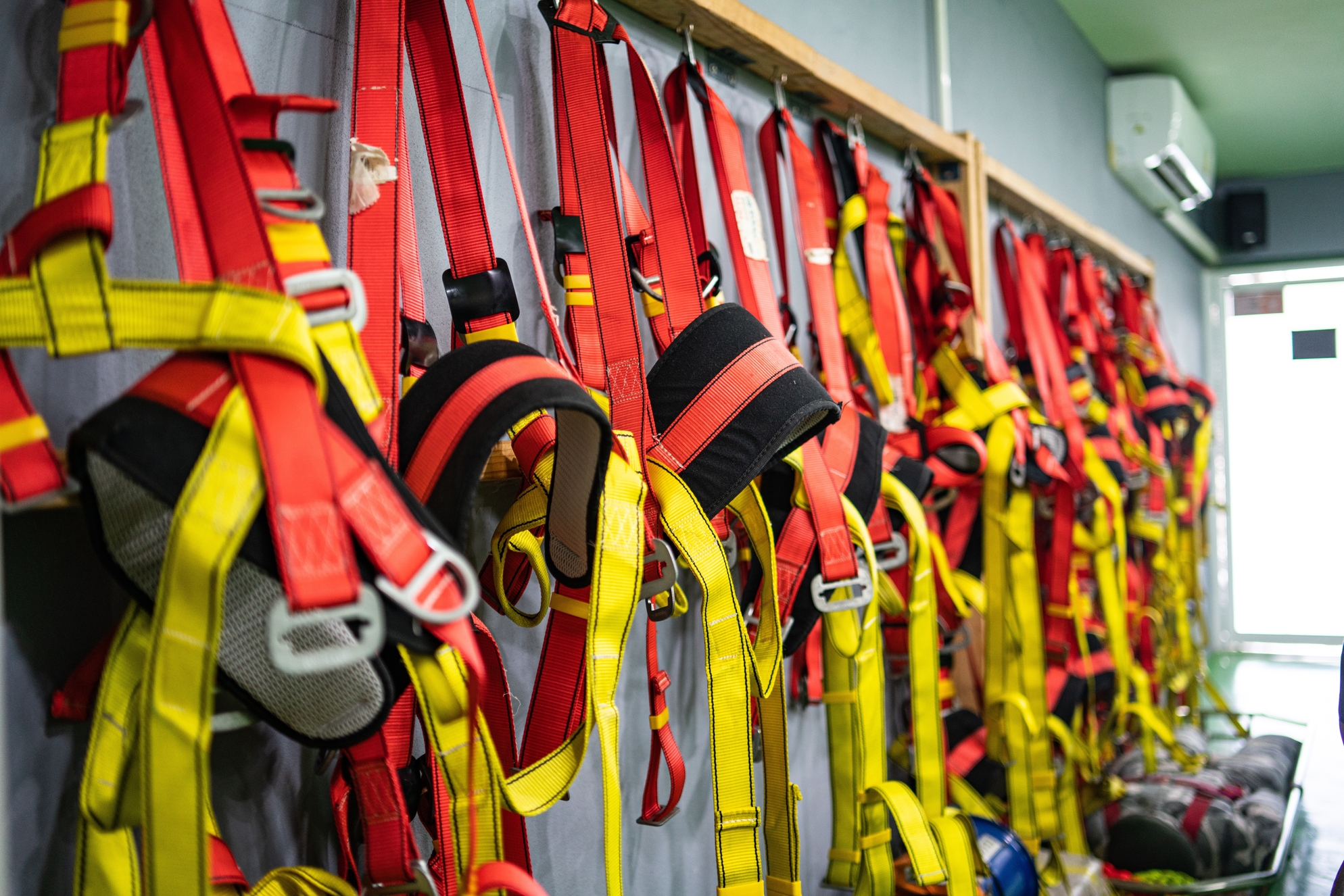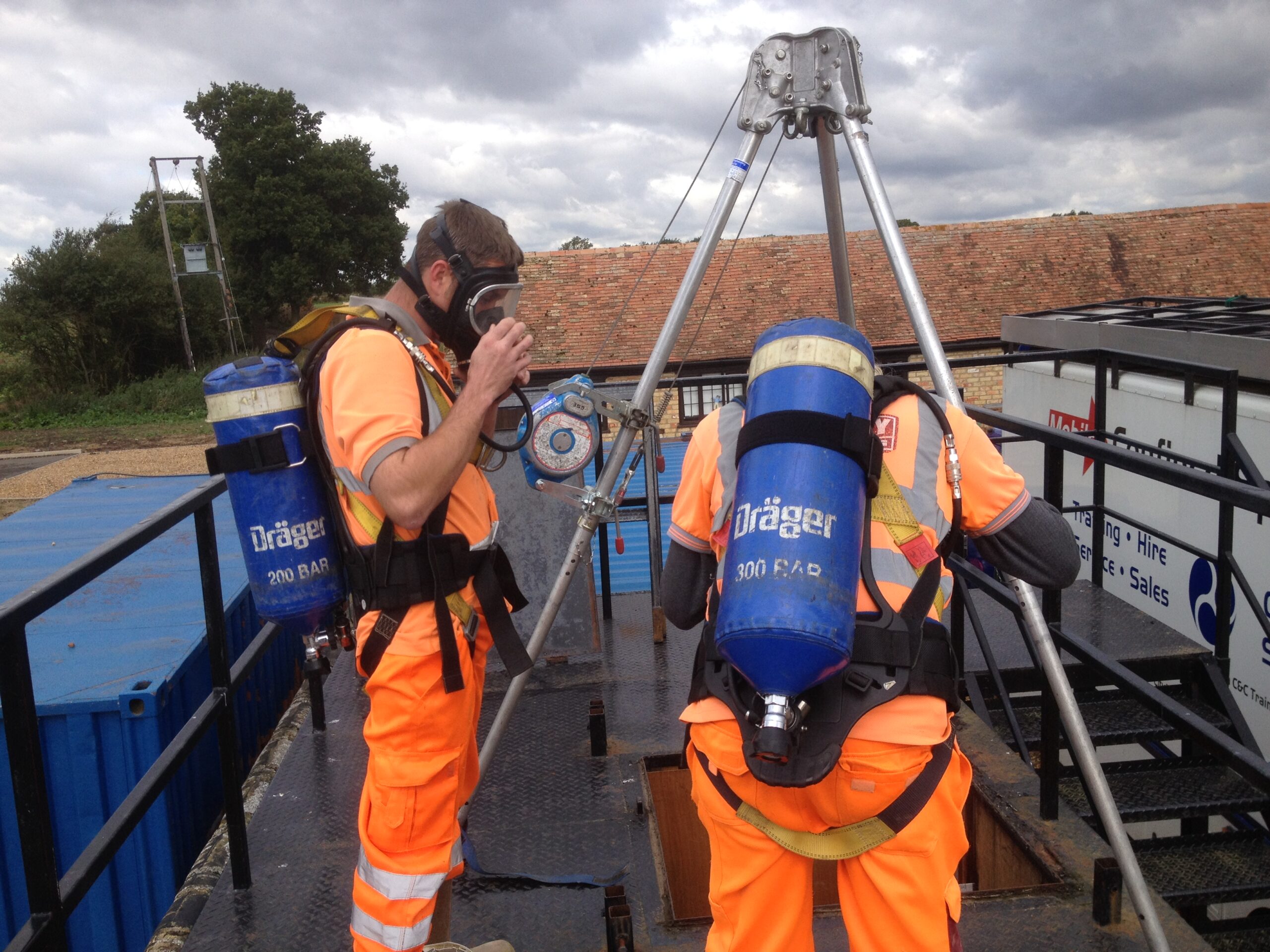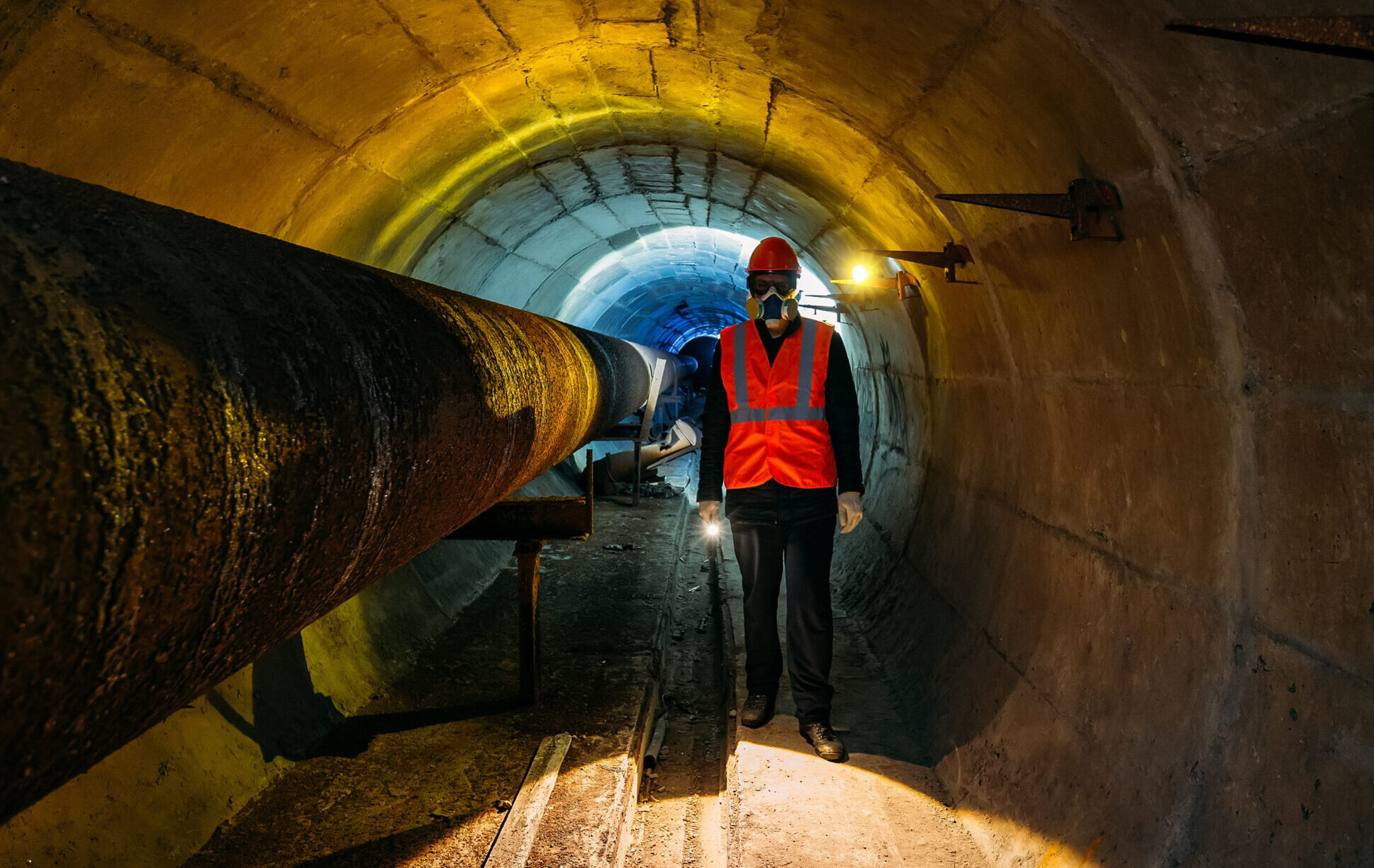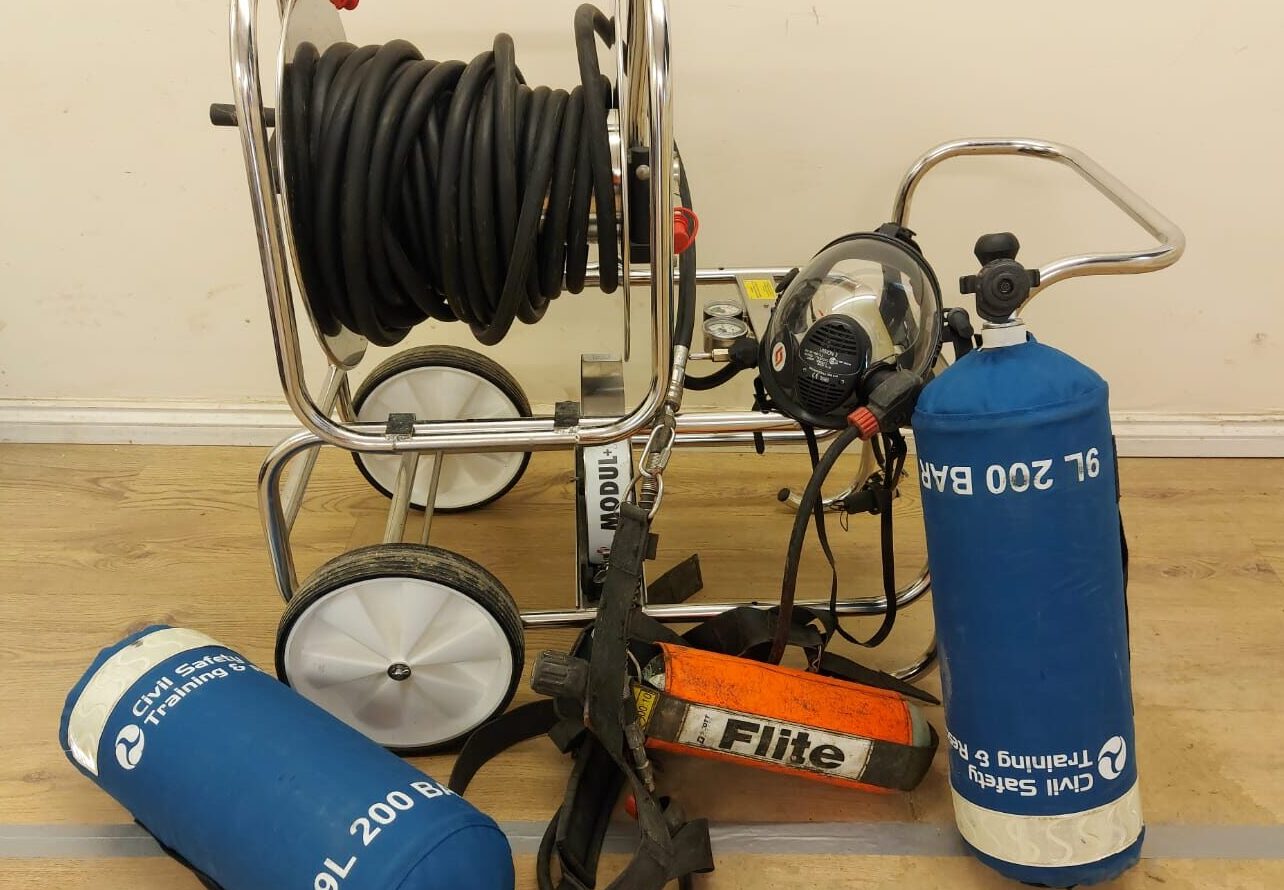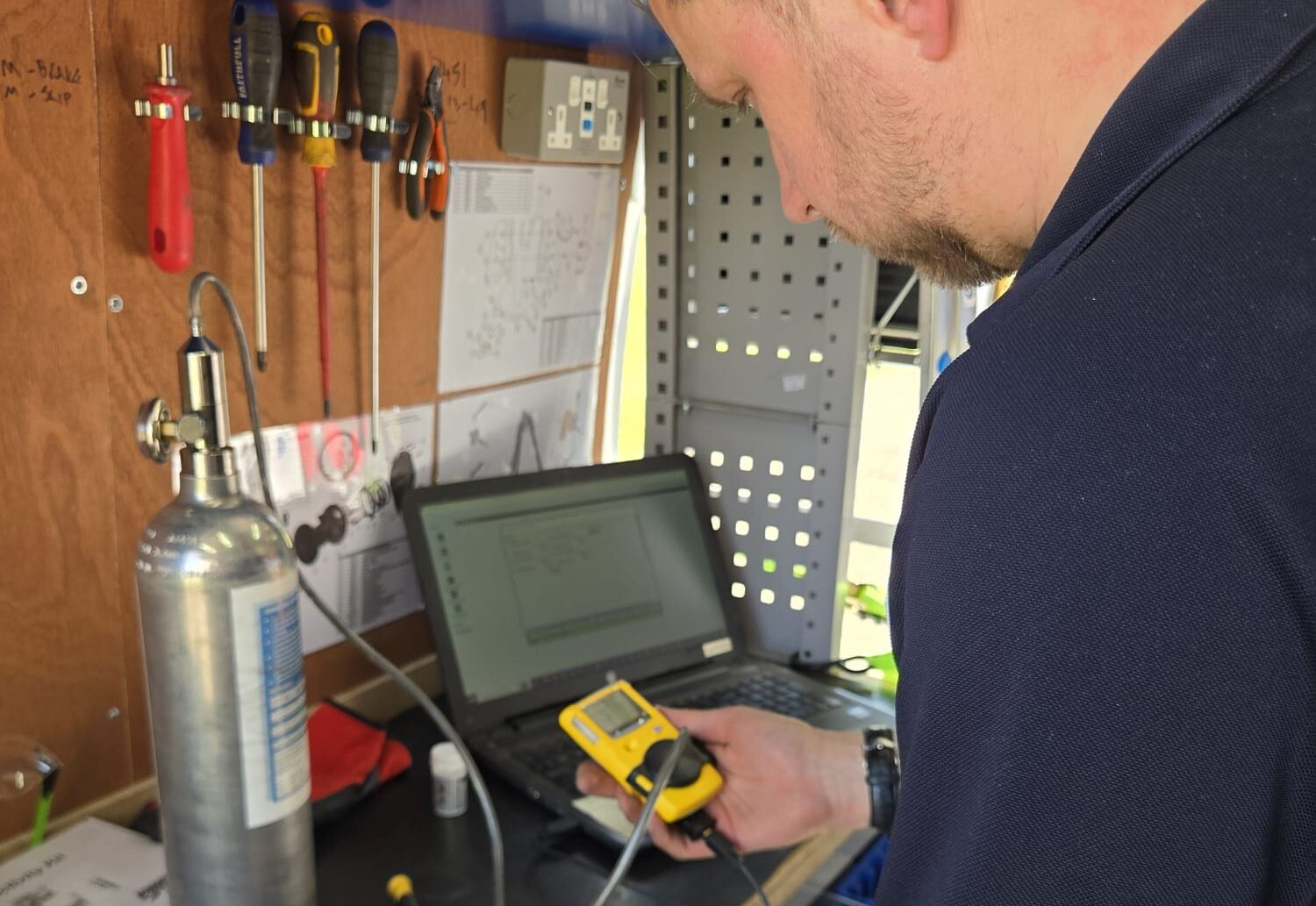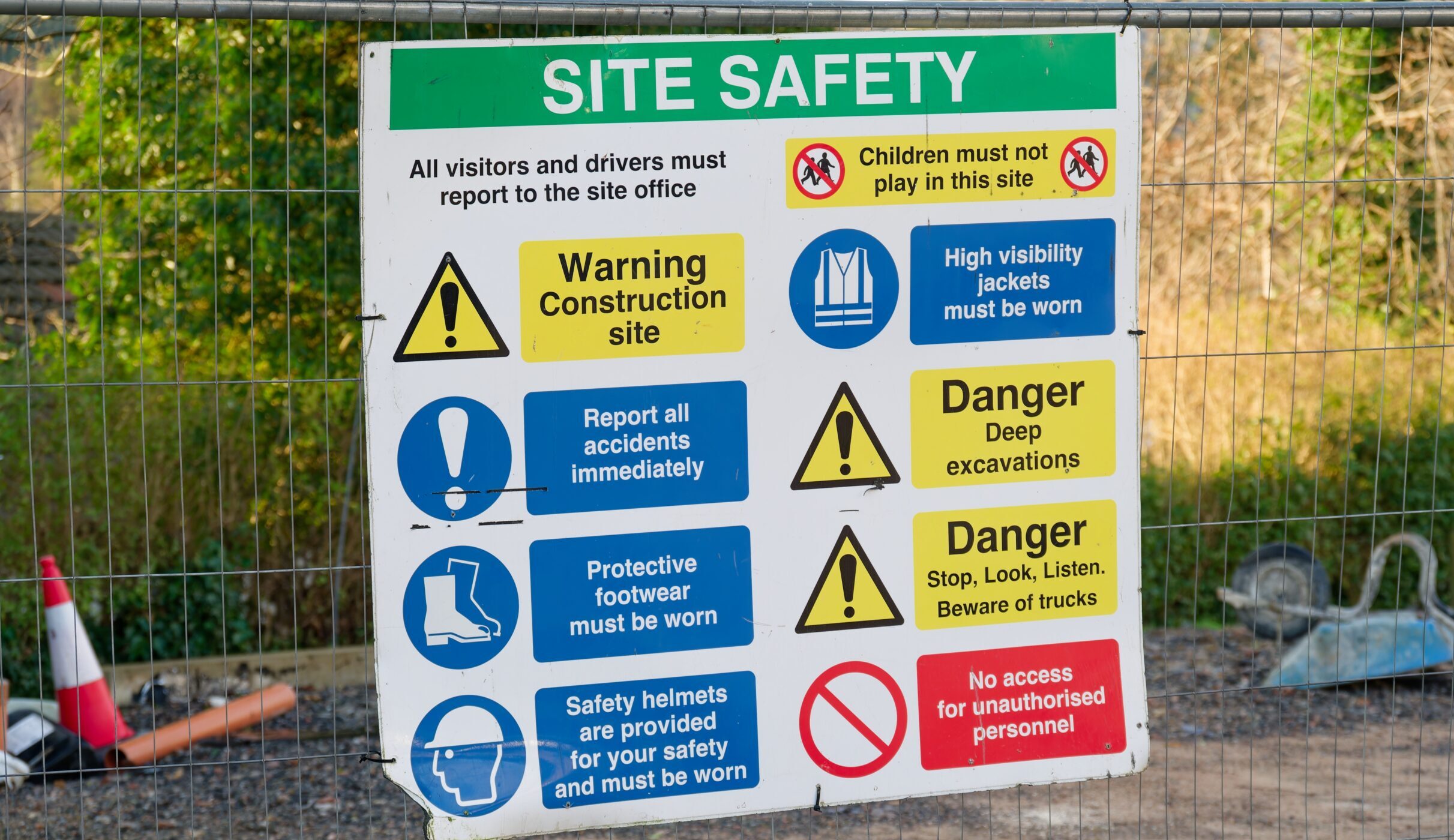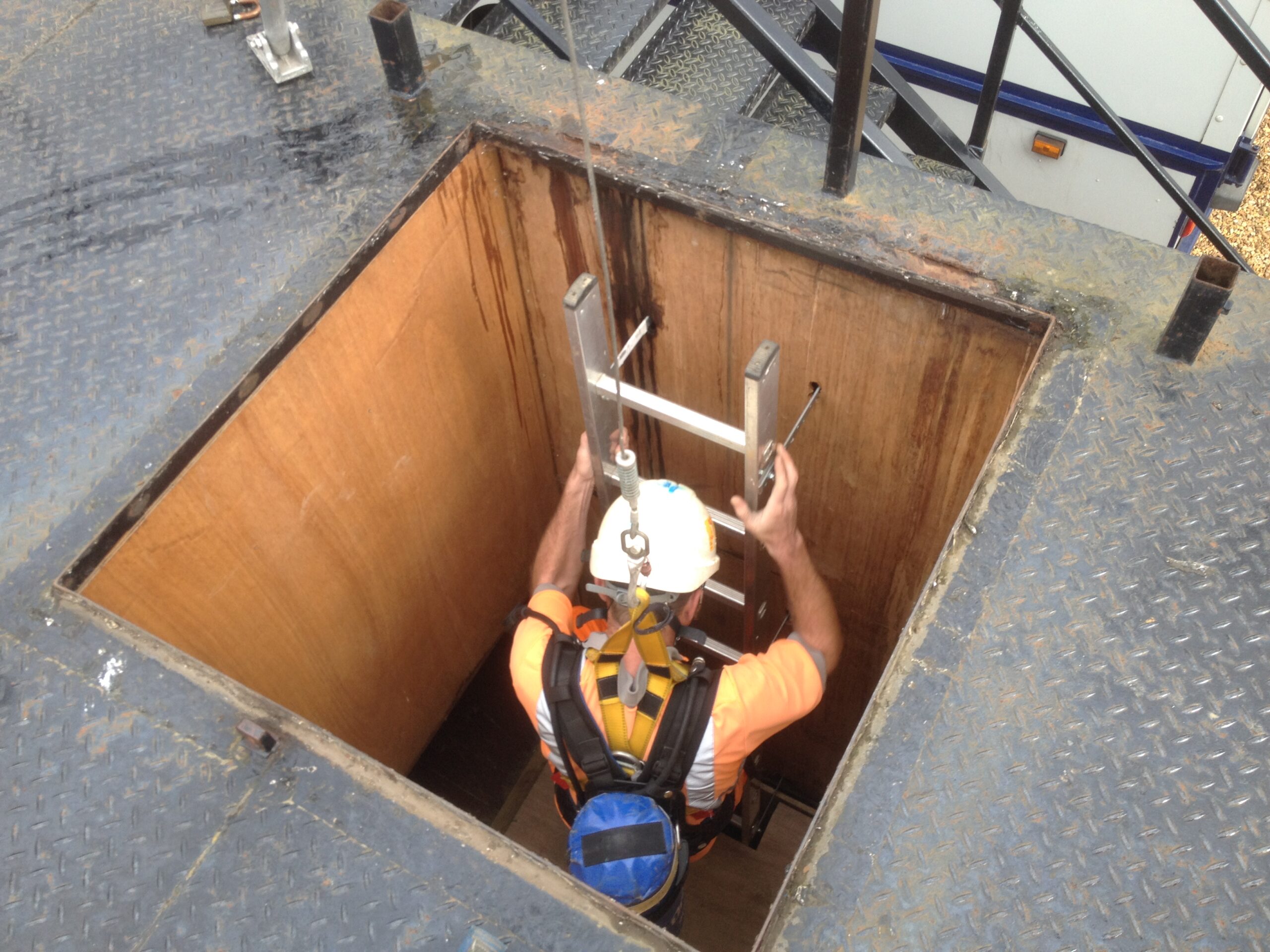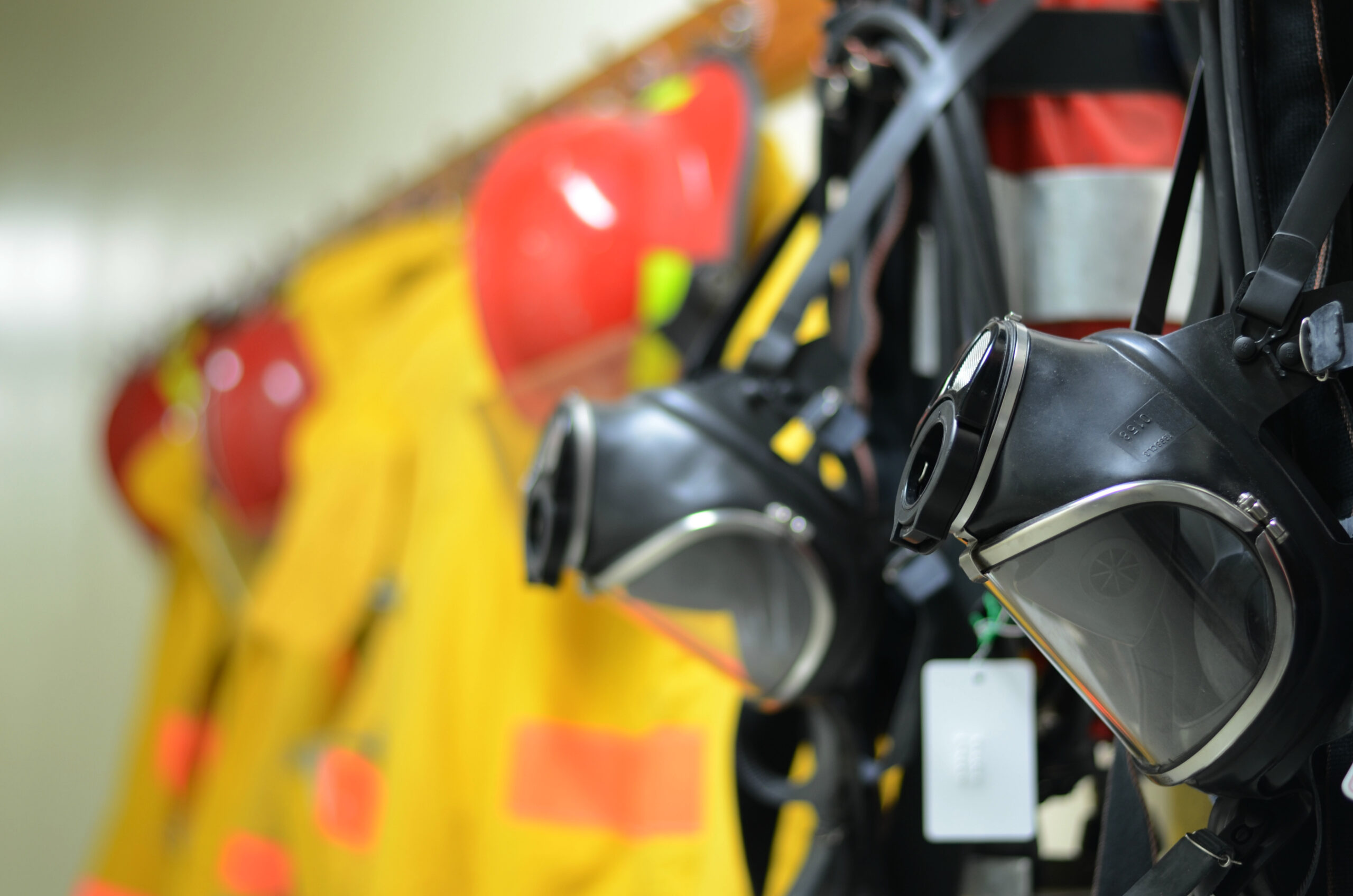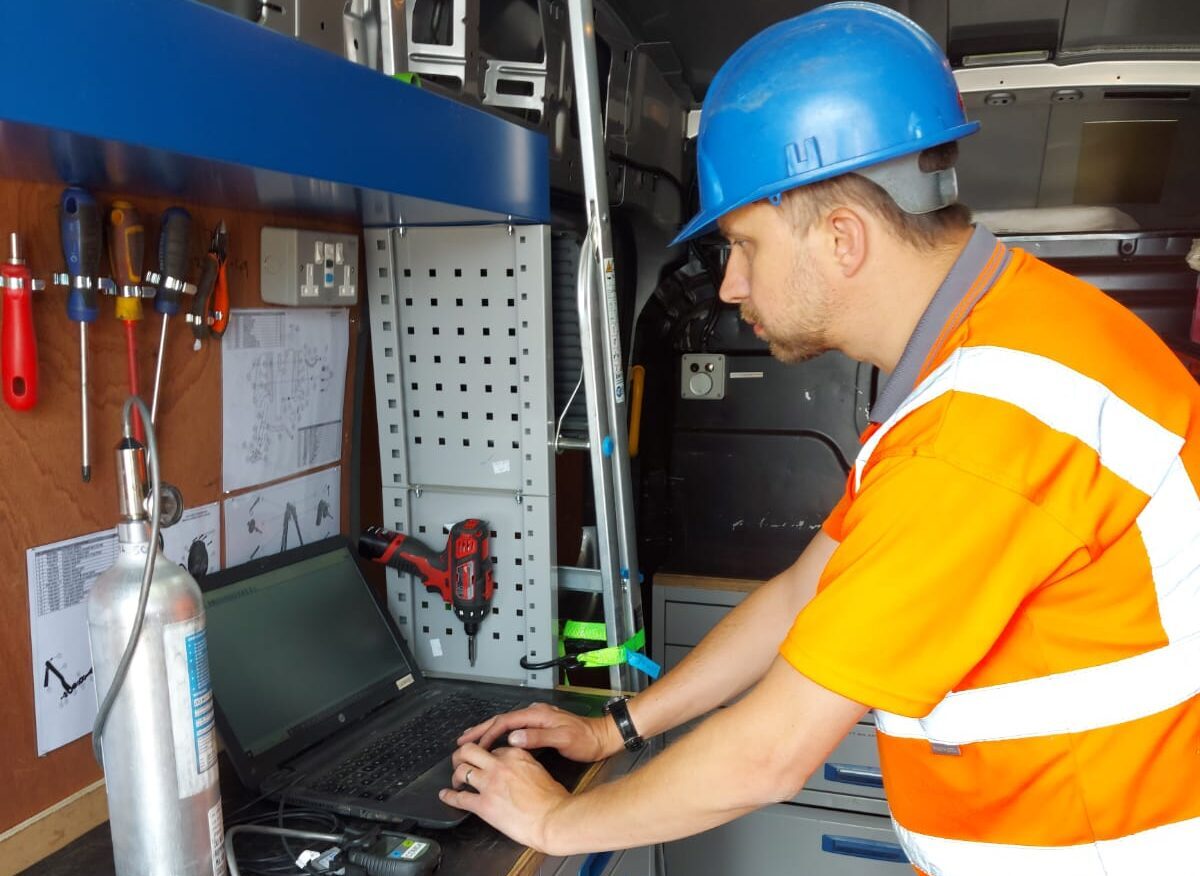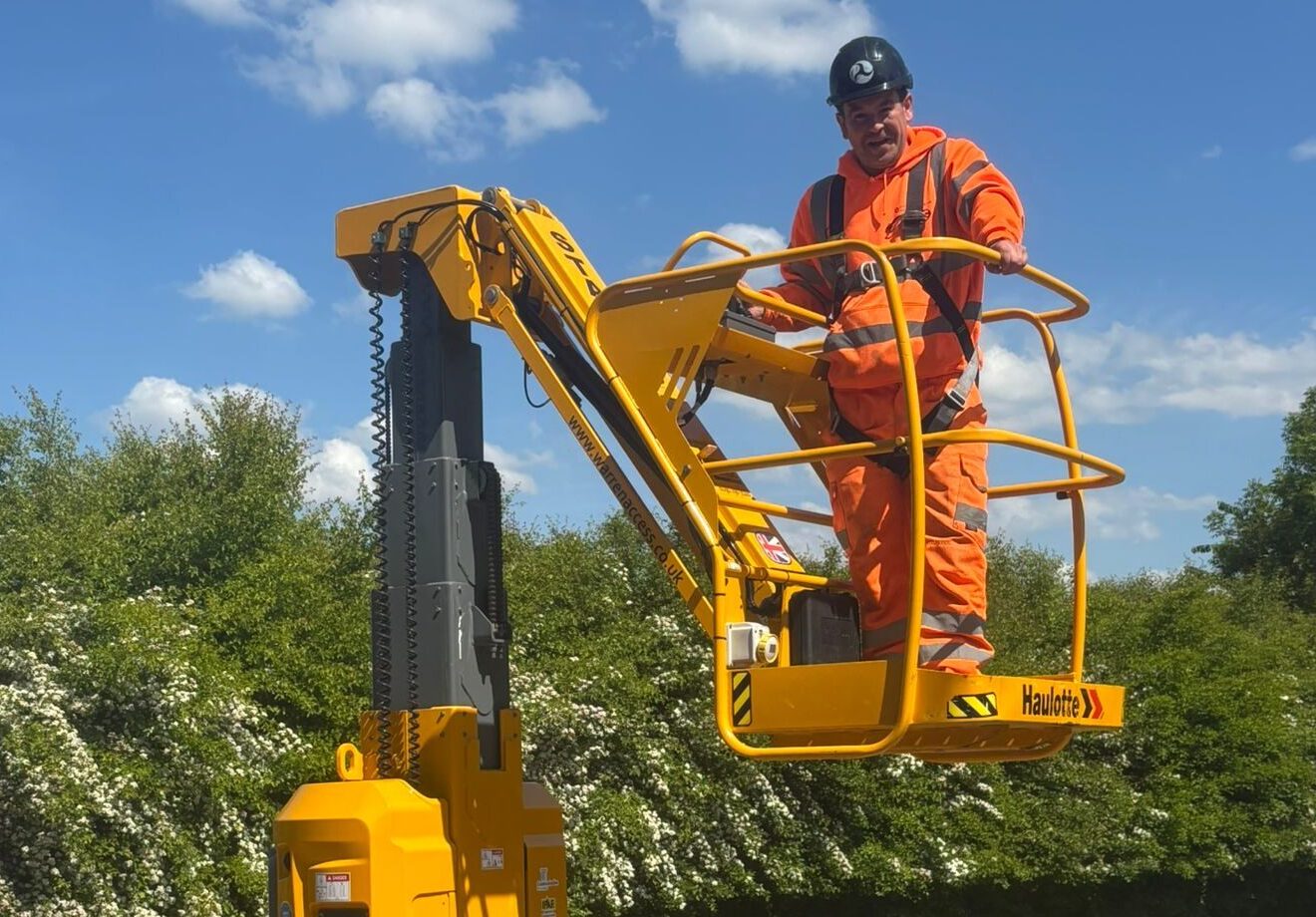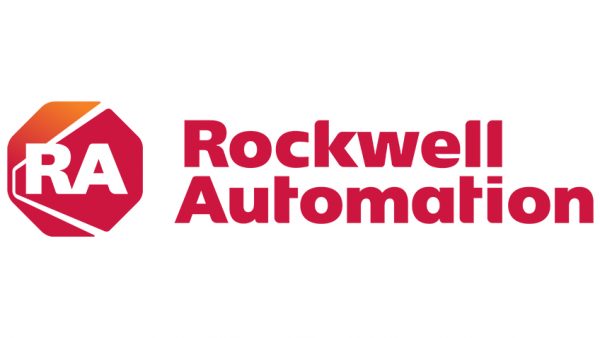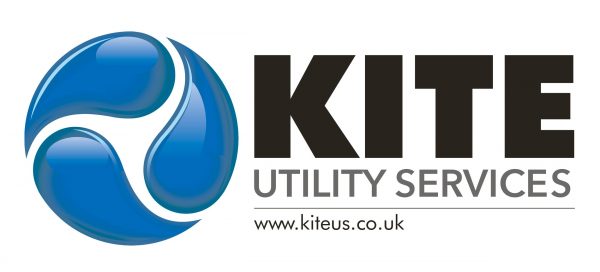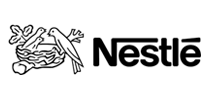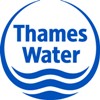Why Confined Space Safety Equipment Is Critical for Employee Wellbeing
August 26, 2025
Working in a confined space presents a set of unique and extreme hazards which need to be fully prepared for. A confined space is defined as “a fully or partially enclosed area that is not designed for continuous human occupancy and has limited or restricted entry and exit”. And for this reason, specific attention needs to be made to specialist safety equipment.
Because a person is not normally expected to occupy a confined space, at least for any length of time, it is essential that anyone who has to work in such a space is fully prepared in terms of information and equipment. It is also true that people often have to work in confined spaces because unforeseen circumstances have led them there, such as an accident, incident or repair work. This increases the severity of the hazards that exist and the potential problems that could occur.
Typical hazards in a confined space
Confined space safety equipment is designed to protect workers from the severe hazards that can be present in a confined space. Common confined spaces that exist in a workplace or in a civil setting include manholes, sewers, tunnels, excavations and storage tanks. In such settings it is possible to encounter:
- Toxic gases
- Oxygen deficiency
- Risk of fire and explosion
- Water hygiene issues
- Extreme temperatures
- Working at height
- Drowning
- Physical hazards – sharp edges, protruding objects and loose materials
- Noise and vibration
As a result of these hazards it is critical that suitable safety equipment is provided, and that it is properly serviced and maintained. This ensures that the safety equipment is in good working order and has been tested to ensure its suitability. Safety equipment typically provided for working in a confined space includes; gas monitors, breathing apparatus, harnesses, escape sets, airline trolleys, fall arrest equipment, winches and stretchers. Along with standard PPE (helmets, gloves, eye wear etc) such equipment ensures an employee is safe while working, and can be rescued by colleagues or rescue teams, should an emergency situation demand it.
The purpose of confined space safety equipment
Confined space safety equipment is therefore essential for:
- Employee safety – Ensuring the safety of employees working in a confined space.
- Emergency preparedness – All emergency procedures can be designed in the knowledge that suitable safety equipment is in place and has been tested and serviced.
- Risk assessment findings – All operations relating to confined spaces should be covered by a risk assessment. This will identify the specific hazards inherent in an operation and should then highlight what safety equipment is required. Supplying this safety equipment will satisfy the outcomes of the risk assessment exercise and therefore will ensure compliance with internal safety standards.
- Regulatory compliance – At the same time, there is external legislation which controls the operation of working in confined spaces, and providing suitable safety equipment ensures you have considered the risks involved and have acted in full compliance, to ensure employees are safe in carrying out their expected duties.
- Unexpected hazards – In many confined spaces you can encounter unexpected hazards, particularly where a confined space has only just appeared and there is less knowledge about its structure. Even if a risk assessment has been carried out, there could be movement or deterioration in the structure which presents new hazards. Providing safety equipment guards against these unexpected occurrences.
Ensuring the suitability of confined space safety equipment
It is not enough to simply supply confined space safety equipment. An employer also has a duty to ensure it is continuously suitable and in good working order. This means safety equipment needs to be regularly serviced, on a frequency determined by the appropriate risk factor. This ensures that safety equipment is tested and inspected at regular intervals, and is therefore identified as being in good condition and is fit for purpose. In some cases this may also involve calibration.
At Civil Safety we can work with you to ensure you are providing suitable and effective confined space safety equipment to your employees. We can work with the results of risk assessments and emergency plans to provide suitable safety equipment that has been inspected and tested as part of a routine servicing plan. Our equipment hire and sales service works alongside our in-house and on-site safety equipment servicing operations, to ensure you are provided with compliant and effective safety equipment at all times. So contact our specialist teams at Civil Safety and we can work with you to manage the critical safety element of working in confined spaces.
